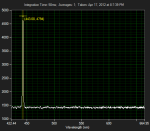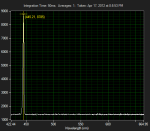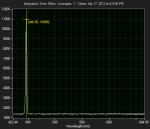daguin
0
- Joined
- Mar 29, 2008
- Messages
- 15,989
- Points
- 113
Anybody remember my diode microscope pics? I'd like to compare A, M, and 9mm with enough mag to measure ridge width. Any volunteers?
These are headed over to someone to take micro pics
If his suck, (or even if they're good) would you like these shipped to you next?
The purpose of the micros is to try to get a measurement of the ridge and the wires
Peace,
dave







